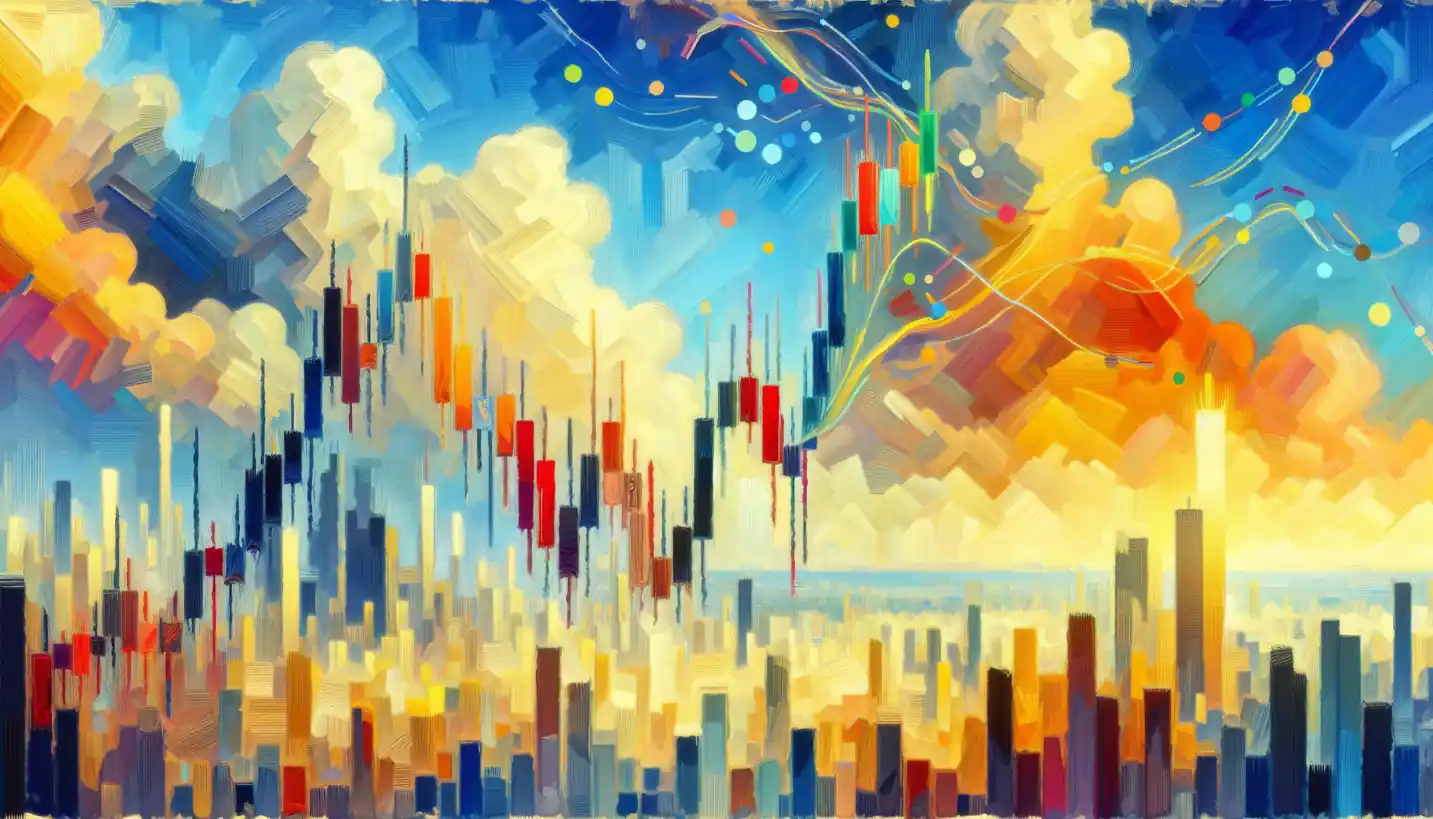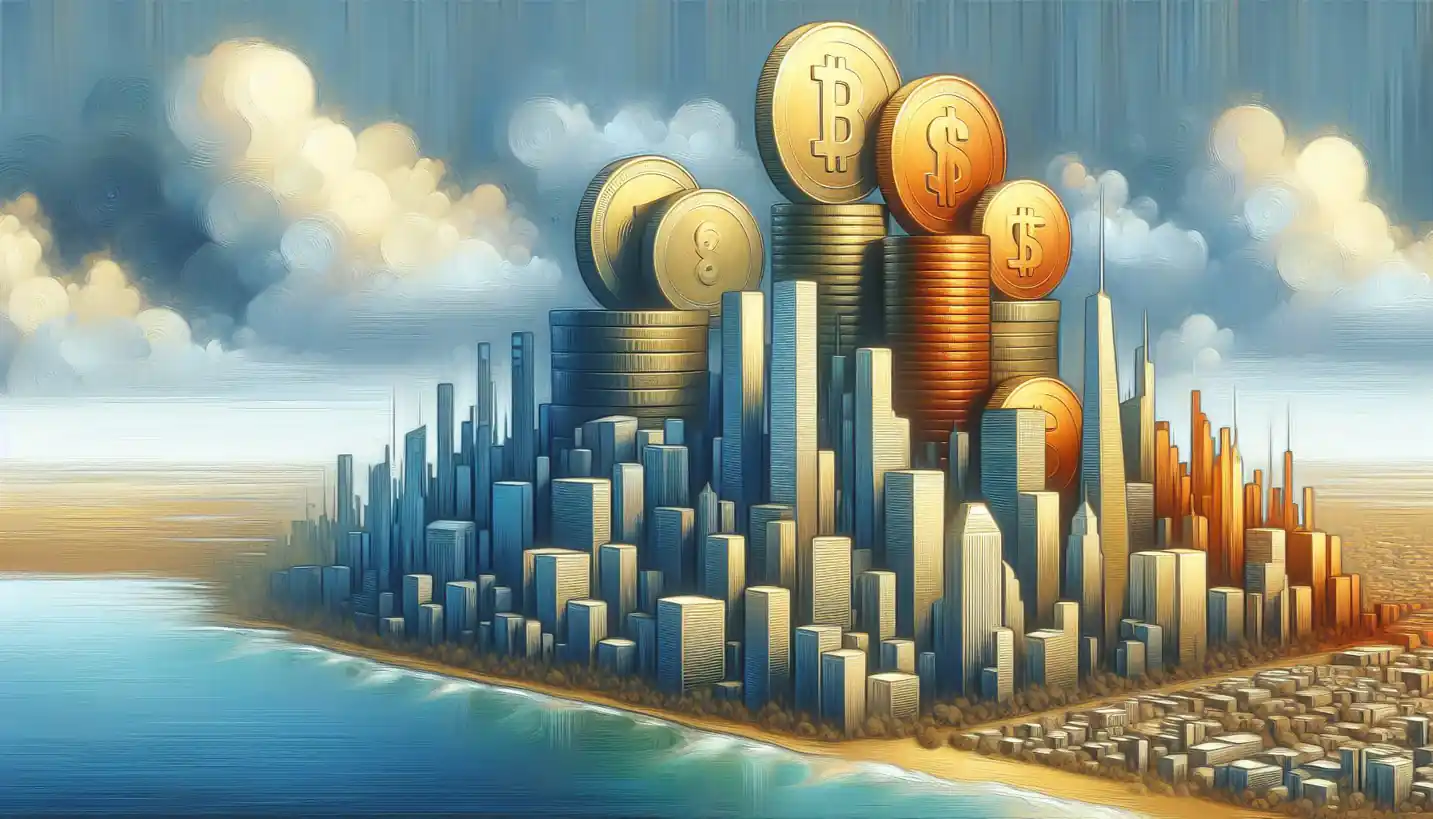· Economics · 4 min read
Supply-side Economics: Understanding Its Impact on the Economy
Supply-side economics focuses on boosting production efficiency to spur growth. Discover the principles behind this approach and its effects on economic landscapes.

Amid bustling cities and vibrant markets, there’s a grand idea that shapes how nations think about growth: supply-side economics. Imagine walking into a lively market full of sellers and products, where the more goods available, the more people can buy. That’s the magic of supply-side economics—let’s dive into how it works and why it’s important.
What is Supply-side Economics?
Supply-side economics is like giving the economy a strong engine. It focuses on boosting production and supply rather than just trying to increase demand. Think of it as farmers planting more crops instead of trying to get more people to eat corn. By encouraging businesses to produce more goods and hire more workers, supply-side economics aims to create wealth and opportunities.
The Role of Tax Cuts
A central idea in supply-side economics is reducing taxes for businesses and individuals. Imagine if you earned extra money each time you washed a car because taxes on your earnings were lower. With more money in your pocket, you’re motivated to wash more cars. Similarly, when businesses pay less in taxes, they can invest in new projects, expand operations, and hire more people, leading to job creation.
Deregulation: Cutting Through the Red Tape
Another essential aspect of supply-side economics is deregulation, which is like removing unnecessary hurdles from a runner’s path. By cutting down on excessive rules and regulations, businesses can operate more efficiently. This efficiency means they can make and sell products more easily, contributing to economic growth. Imagine a lemonade stand that doesn’t have to fill out a mountain of paperwork just to sell a cup of lemonade.
The Invisible Hand at Work
Supply-side economics often relies on the “invisible hand,” a term coined by Adam Smith, which suggests that when individuals act in their own self-interest, it can lead to positive outcomes for society as a whole. Picture a bustling marketplace where each seller tries to offer the best goods at the best prices. This competition encourages innovation and quality, benefiting everyone.
The Laffer Curve: A Balancing Act
One fascinating concept in supply-side economics is the Laffer Curve, which illustrates the relationship between tax rates and tax revenue. It’s based on the idea that there’s an optimal tax rate that maximizes revenue without discouraging earning. Imagine a seesaw where one end is tax rates and the other is tax revenue. If the taxes are too high, people might stop working as hard, but too low, and the government won’t have enough funds. Finding that balance is crucial.
Criticisms and Challenges
While supply-side economics has its supporters, it’s not without criticism. Some argue that tax cuts mainly benefit the wealthy, leading to increased inequality. Imagine only giving big scoops of ice cream to those who already have desserts, leaving the rest with crumbs. Critics also question whether the benefits truly trickle down to everyone.
Historical Impact: Reaganomics
Supply-side economics became especially popular during the Reagan administration in the 1980s, a time often referred to as “Reaganomics.” The U.S. government implemented tax cuts, deregulation, and policies aimed at boosting production. The economy experienced growth, but critics point out that the national deficit also increased.
The Global Perspective
Supply-side economics isn’t just an American concept; it has been explored worldwide. Countries like the UK under Margaret Thatcher adopted similar policies to stimulate growth. Imagine nations as diverse chess players, all trying different strategies to win the game of economic prosperity.
Looking Ahead: Future Directions
As we look to the future, the principles of supply-side economics remain relevant. However, the global economy is ever-changing, and new challenges arise. For example, technology and automation are transforming industries, and climate change poses new questions about sustainable growth. Imagine steering a ship through uncharted waters—it’s crucial to adapt while respecting core principles.
Conclusion: The Continuing Debate
Supply-side economics continues to spark debates among economists, policymakers, and citizens. Its focus on unleashing the potential of producers and innovators has reshaped how we understand economic growth. Whether you see it as a magical engine or a source of inequality, its impact on the world economy is undeniable.
As we ponder these ideas, the fundamental question remains: How can we design economic policies that foster growth while ensuring fairness and sustainability? The answers may differ, but the conversation is essential and ongoing. And that’s the beauty of economics—a dynamic dance of ideas driving the world forward.



